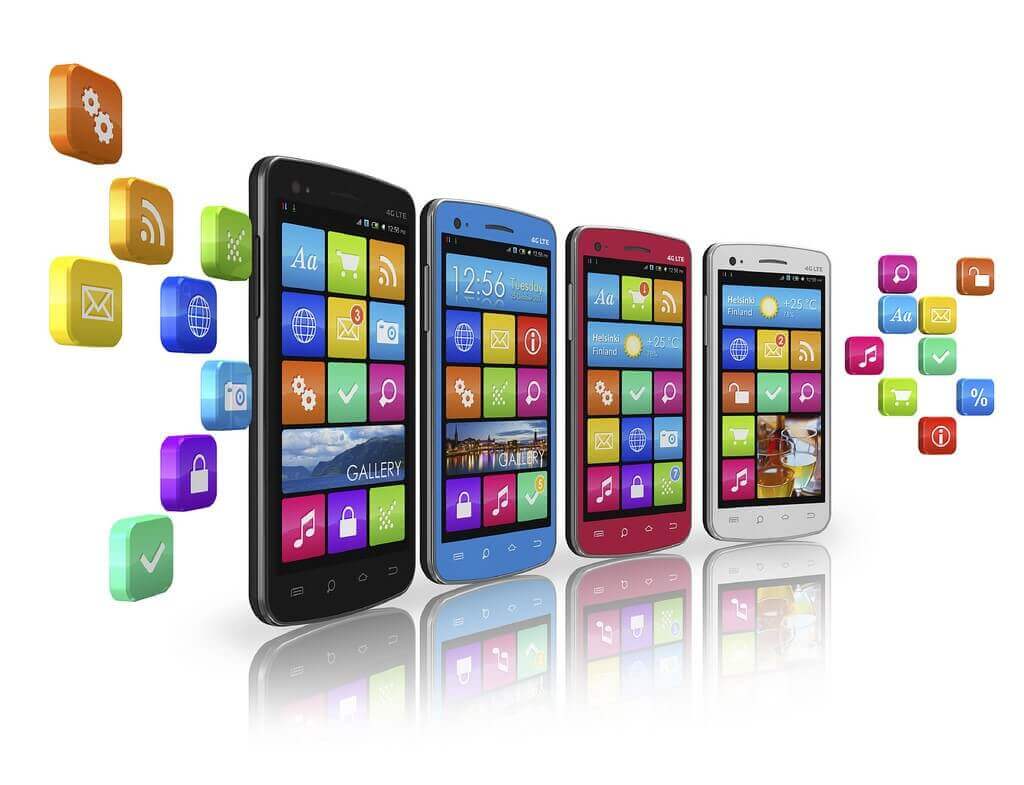
With the escalating penetration of smartphones and improving Internet infrastructure across Asia Pacific, the mobile device has become consumers’ primary gateway to the Internet, said market research firm GfK.
According to a recent GfK study, accessing the Internet via the smartphone has become a daily activity for 83% of online users in the region, led by the Chinese (93%) and followed by the Thais (89%), Indonesians (88%), Singaporeans (87%) and Vietnamese (81%).
The Connected Asian Consumer study was conducted in May among more than 8,000 smartphone owners across eight Asia Pacific markets, the company said in a statement.
The survey covered China, Japan, India, Australia, Singapore, Indonesia, Thailand and Vietnam, with the objective of gaining a deeper understanding of consumers’ habits in the digital space.
Topics covered included media consumption, mobile usage habits, as well as brand engagement and the consumers’ purchase journeys.
“The smartphone gives an unparalleled reach to today’s connected consumer, which when compared with the different mass media, perhaps can be rivalled only by the TV, but even that is being challenged in a few of the markets,” said Karthik Venkatakrishnan, Asia Pacific director for Digital Marketing Intelligence at GfK.
Messaging apps becoming remote controls for day-to-day living
Messaging apps are used more than any other mobile apps across most Asian countries, with Indonesia, India and Singapore taking the lead. Over 80% of users in each of these countries say they use it at least once weekly.
At the opposite end is Japan, where less than two in five (39%) use messaging apps on a weekly basis.
“At the rate which messaging apps are reportedly being used in this region, it is not surprising that a high proportion of connected consumers actually text more than they talk on their smartphone,” said Karthik.






